Happy November! Wow what a hectic month we have had here at Eco925. With the latest Winter instalment of our website and the addition of over 40 new jewellery lines to our website. We are very proud of some of the new concepts and by the look of our order file, they seem to be going down a treat. We particularity enjoyed creating the small and large set of Celtic pendants made of silver. It takes some time to create the oxidising effect between the runes, but the finished results are worth it. See for yourselves:
We also had the chance this month to build a complete set of our sunflower range, one of our favourite designs to make. The petal detail casts well, but always needs to be hand finished by lightly etching the fine lines.
We have also received one or two emails from some clients asking if we will be continuing our gemstones Myths, Legends and facts in our coming blogs. The answer is yes, starting back with this months Topaz we will be getting back into the swing of monthly blogging with gemstone facts and fun.
The Mystical World Of Topaz
The birthstone of November, Topaz is a Gemstone from the Orthorhombic crystal system. It comes in a variety of colours such as red, pink, yellow, brown, blue and colourless. It has also been know to come in green, but this is quite rare and carries a hefty price point. The most frequently seen colour on the market tends to be the blue topaz, desired as it often gives an iridescent appearance. The blue that is desired is usually an intense colouration with a darker body colour than aquamarine. Nearly all topaz sold in this colour has undergone treatment to attain the desired colour. In most cases it is a combination of both heat treatment and irradiation (but don't fear it certainly not radioactive).
Heat treatment is also used to get pink topaz, by heating the yellow or brown gemstones which contain the transition (colouring) element Chromium.
Traditionally it was desirable to have Topaz in its rough crystal form, to be kept in the household, as it was believed by many to radiate good health for those in the dwelling. The Greeks in particular were very fond of the topaz gemstone deriving its namesake from the red sea island Topazios (now called Zabargad). They believed that the gemstone would bring great strength in their battles.
Caring for topaz
Well that it from us here for another month, I hope you enjoyed and stay in touch for our Christmas special. I will leave you with a stunning picture sent into us by one of our valued customers Lara, wearing her Eco-Friendly Nautilus shell on her wedding day.
Love and Peace
Eco925










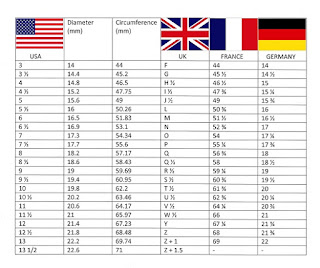
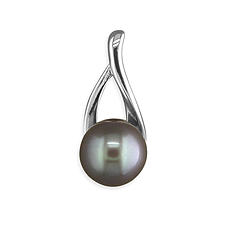
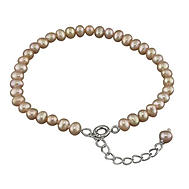
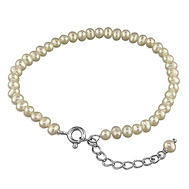
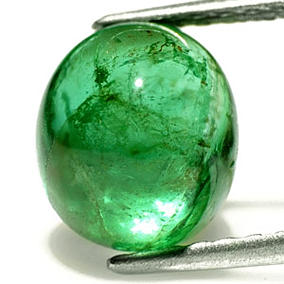 Hello Eco-Followers,
Hello Eco-Followers,